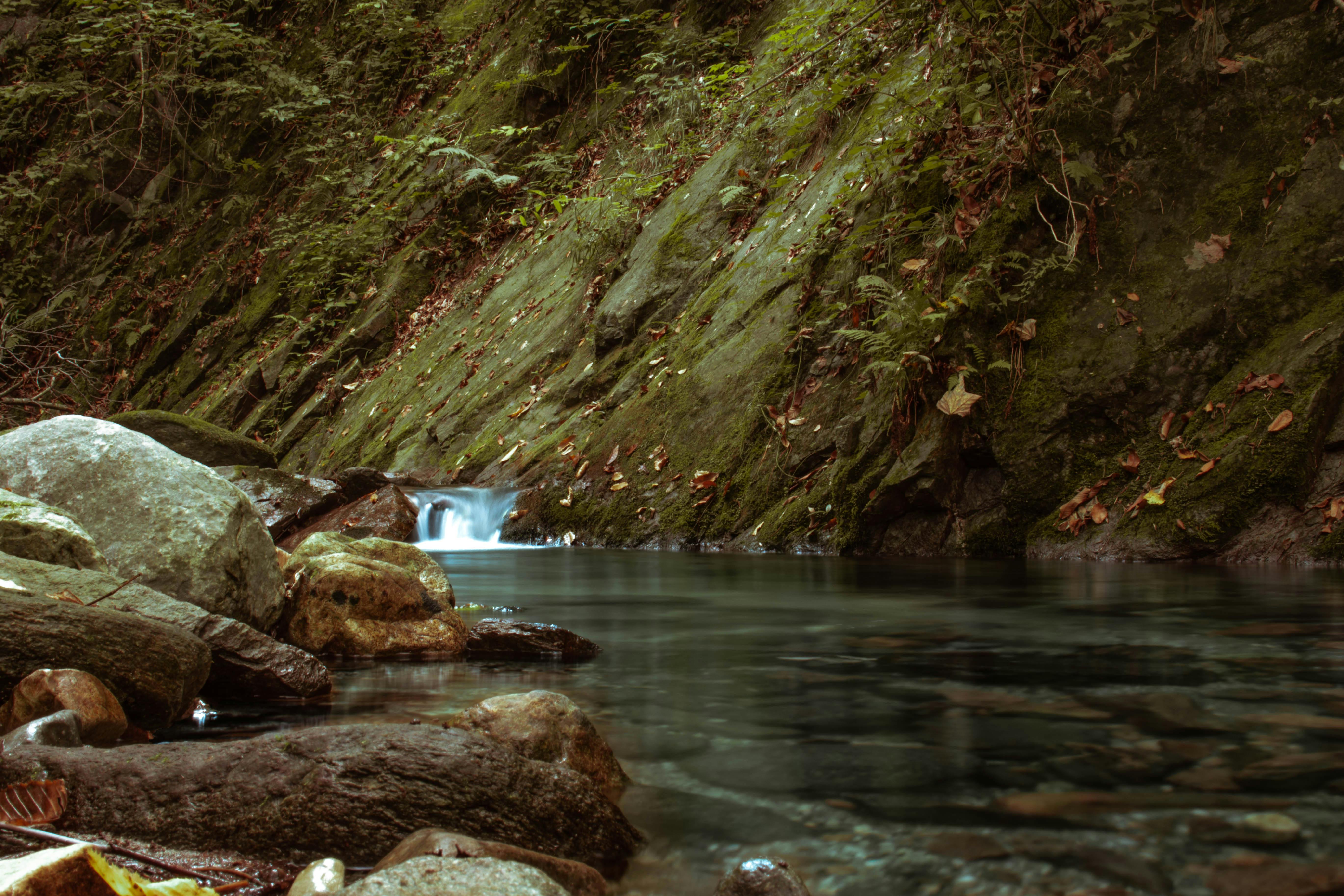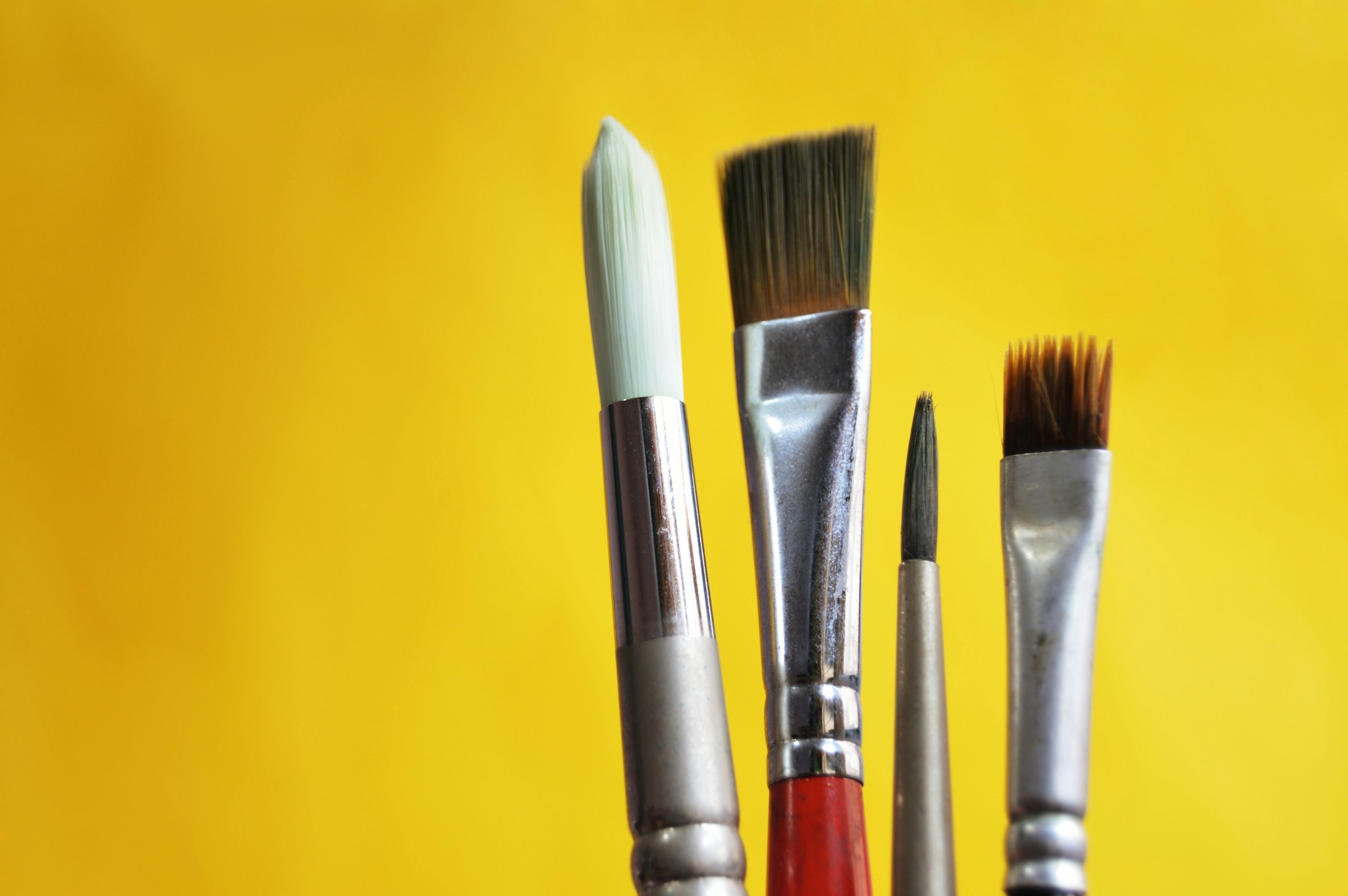
South Korea’s Historical Culinary and Cultural Delights
admin
- 0
Nestled between the nations of China and Japan is the lesser-known country of South Korea. Although sometimes overlooked as a destination in the region, this area of Southeast Asia is a wonderful place to visit.
Founded in 1948 when it separated from its sister nation North Korea, the Republic of Korea became a democratic state at the end of World War II. In 1950, the North invaded the South, sparking the Korean War until the two sides signed an armistice in 1953. Both the North and the South have long-standing similar traditions, but South Korea has become an economic leader. global modern than the West Culture has had a great influence over the last half century.
South Korea is home to approximately 48 million people, of which about 12 million live in and around the capital and largest city Seoul. The land area is 38,463 square miles, slightly larger than the state of Indiana. The region’s climate is very mild throughout the year and residents enjoy all four seasons. Korea’s landscape is primarily mountainous and covered with lush forests in rural areas, but rice fields, the country’s staple crop, can also be found in many of the valleys.
Main attractions
Many attractions in the country are sure to appeal to a variety of travelers. One of the most famous is the Gyeongbokgung Palace in Seoul. While the palace’s location is over 600 years old, the royal buildings had been rebuilt several times due to invasions and hostile takeovers. The current buildings house both the National Museum of Korea and the National Folk Museum. Once home to kings and rulers, the palace is rich in history, cultural artifacts, and architecture, and enjoys a large number of visitors annually.
Those fascinated by the history and culture of the country should also visit the Korean Folk Village located near Seoul. See what life was like for Koreans during the Chosun period (1700-1910) in this 243-acre town. Observe and interact with the residents when you find them in traditional Korean dress, but don’t be fooled. These people are not contract actors. Many of the town’s residents live there! Enjoy music, shows, and authentic foods from a lost but not forgotten chapter in Korean history.
The most popular attraction in South Korea is the Demilitarized Zone, or DMZ, in Panmunjom. Located at the 38th parallel, this area is where the Democratic South borders the Communist North. Here you will witness propaganda from both sides of the border. See what the North wants visitors to see as a stable and booming economy, complete with elaborate buildings and roads, but in reality it is a slow and repressed society, as the South shows. Many South Koreans have family and friends still living in the North with whom they have not had contact for more than fifty years. Travel and communication between the parties are prohibited and the hope is that, one day, the end of the dictatorial regime will open the border once more.
On the west coast of South Korea, in the city of Incheon, you can visit the Operation Incheon Landing Memorial Hall. This site is a memorial to General Douglas MacArthur’s combat operation that led to the liberation of Seoul during the Korean War. There are also a variety of amusement and sea attractions nearby for visitors to enjoy.
Some festivals that visitors should consider on their itinerary include the Chunhyang Festival, the Nankye Traditional Music Festival, and the Buddhas birthday celebration. The Chunhyang Festival occurs annually in Namwon. Chunyang is the Korean equivalent of the Romeo and Juliet story. Many visitors come to this festival in early May to experience Korean dance, music, and parades. The Miss Chunyang pageant takes place on the last day of the festival. The Nankye Traditional Music Festival is a celebration of Nankye, a Korean composer who is said to have created Korean music for the Chosun dynasty. This type of music is a beautiful ensemble of strings, horns, and percussion that produce a unique sound in Korean culture. This event is held annually in Yongdong in September. The celebration of Buddhas’ birthday takes place in May throughout the country. Many Buddhist temples hold festivals and parades on this holiday that are celebrated by many Koreans, regardless of their faith.
Culinary delights
While traveling through South Korea, visitors can enjoy a variety of culinary delights. However, most dishes are spicier than most Western palates are used to. The favorite of most travelers is the pulgogi. This is a traditional Korean dish consisting of slices of beef marinated with rice and vegetables that are then wrapped in a lettuce leaf. Along with rice, another staple of Korean culture is kimchi. This garnish is typically served with every meal. Kimchi is a mixture of fermented vegetables, usually cabbage, and it is especially hot and spicy. Since it is eaten regularly, there are many variations of kimchi to choose from. For the less adventurous, many western restaurants have made their way to Seoul and the surrounding cities, so for those who want to experience the culture but can’t eat spicy foods, there’s usually a McDonalds or KFC just around the corner.
Visit http://www.south-korean-culture.com to discover Korean culture.

